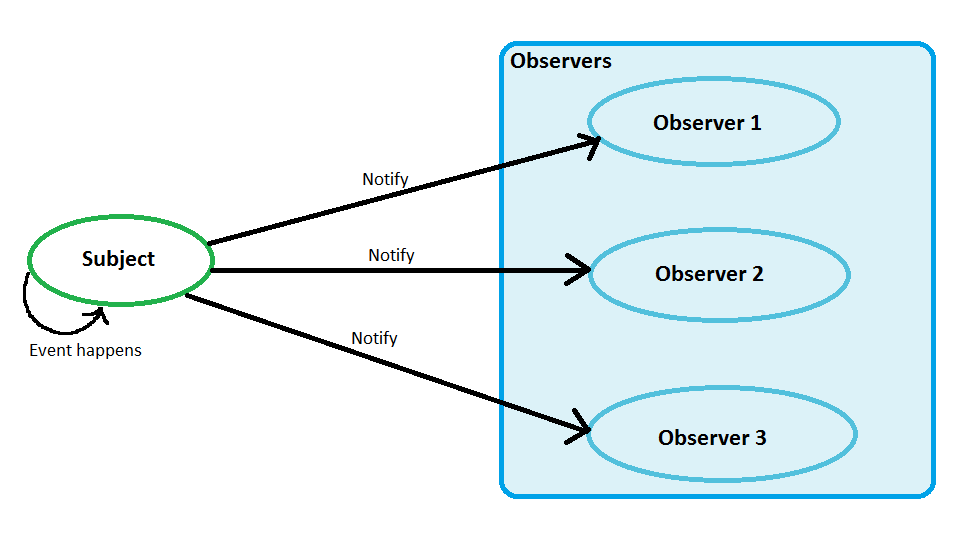

If you have ever been in a chaotic apocalyptic program, trying to figure out which view is updating a particular model using getters and setters, then you can probably understand why having an unidirectional dataflow is both convenient and beneficial. Back then, the main purpose was to replace the bidirectional data flow that traditional architectures like MVC encourage for an unidirectional one.

Although it was meant to be used by ReactJS applications, it’s actually technology agnostic. Well, Flux is a data flow architecture created by Facebook back in 2014. As a result, this gives you better control over your application state and tools to eradicate issues associated to data mutability.Īccording to the Redux official documentation, it is “a predictable state container for javascript apps.” In fact, it is an incredibly lightweight ( 2kB including dependencies ) implementation of Flux. At the same time, it enables a new way to conceive applications by using an unidirectional dataflow. Therefore, it is gaining more and more traction from developers in the industry every day, and transforming the way applications are built. Redux is one the hottest libraries for Front End out there. In the case you’ve never heard of Redux, you may be wondering what exactly it is and why you should use it. In addition, we will give some real examples of Redux use to help you understand the value of this savvy technology in a simple and practical way! Redux: one of the hottest libraries for Front End In the first place, we want to give you tips of how it’s possible to use Redux with Angular applications. In the first place this post is a simple introduction to Redux.
#Redux observable how to
However, many people have no clue how to incorporate it into their applications or even why they should. If you are looking for cool technologies in the Front End development world, Redux is a great choice. Quick introduction: how to implement Redux with Angular applications

Then, import the Store Module into our app’s main module:.Then, generate the calculator’s action creators:.Let’s practice: integrating Redux With Angular.Redux: one of the hottest libraries for Front End.Quick introduction: how to implement Redux with Angular applications.The way to fix this, you can pass action$ into each of those epics, but then they're not really epics because they're missing state$ and dependencies. The error comes from passing functions into combineLatest which expects observables. The important thing is that you're passing epics into combineLatest and those are only meant to be used in combineEpics.

I can use delayWhen and to check my product list and if it empty i will wait for PRODUCTS_FETCHEDĬonst awaitForProductFetched = (actions$: ActionsObservable, state$: StateObservable) =>.When i see PRODUCT_SELECTED i will dispatch PRODUCTS_FETCHED.So for me, there are two cases that i can resolve it I have two actions PRODUCTS_FETCHED and PRODUCT_SELECTED, and in some cases PRODUCT_SELECTED appears before PRODUCTS_FETCHEDĪnd what i want to do is the dispatch PRODUCTS_FETCHED before PRODUCT_SELECTED.


 0 kommentar(er)
0 kommentar(er)
